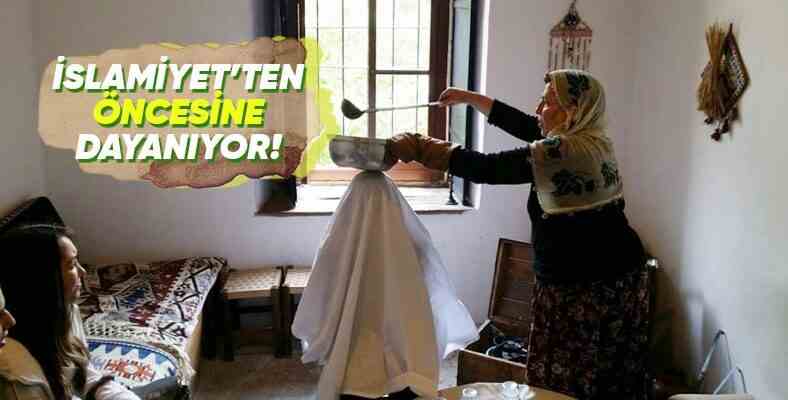From tying rags to trees to make wishes, to saying that storks bring children; There are some traditions, beliefs and behaviors that are settled in our lives. So what do you know about their sources? We’ve listed the 10 most common behaviors and the thousands of years of history behind them.
Some of them have taken a solid place in our daily life, not even asking why. ‘our superstitions’, We have customs and manners. Tying rags on trees to make wishes, distributing halva after the dead, not cutting nails late at night…
Each of these is actually thousands of years old. transmitted throughout history and its origin based on our ancient beliefs and mythology some behaviors. All of them are rooted in cults such as shamanism, the cult of ancestors, the cult of the dead, and the veneration of spirits. Let’s take a look at the beliefs behind the ten most common beliefs.
#1 Not cutting nails and hair after dark:
Did your elders teach you not to cut your nails or hair in the evening when you were a child? Or that cut nails or hair should not be thrown away? Behind this ‘strange’ superstition, shamanistic Altaic beliefs there is.
In the Altai, nails are not cut at night and are not thrown away after they are cut, they are buried in the ground, because that the human soul will disappear along with the nail. it was believable. A similar belief was common for hair. Hair is not cut at night; After it was cut, it was collected and hidden in a corner. Because people’s souls that they went out to look for her hair cut after she died it was believable.
#2 Attaching rags to trees:
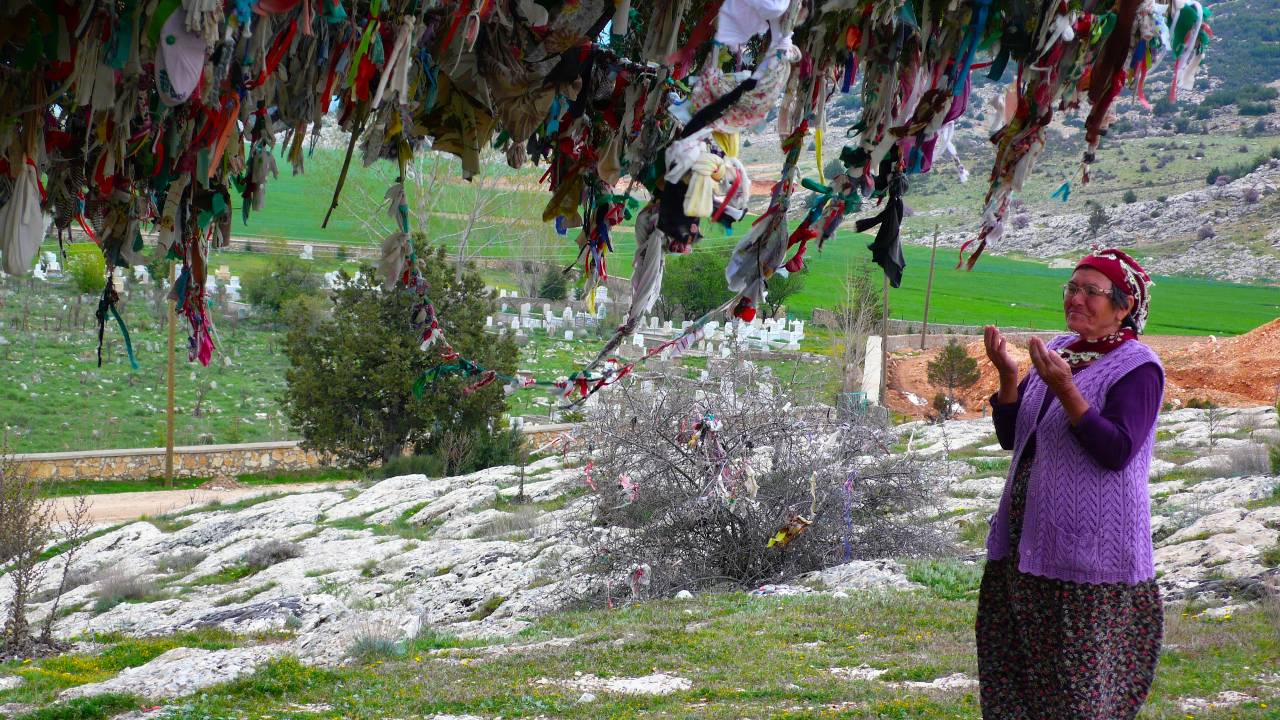
The tradition of wishing by tying rags to trees is still quite common in every corner of Anatolia. The belief behind this tradition goes back to the goddess Umay, one of the most important characters of Turkish mythology. Umay is the goddess believed to protect children and mothers in ancient Turkish mythology and associated with childbirth. of women baby wishes by tying rags to tree branches It is also based on the beliefs of the goddess Umay in ancient Turkish mythology.
Another aspect of this tradition is to tie rags to shrines. Behind this belief is one of the deep-rooted Turkish traditions. cult of ancestors there is. In the past, our ancestors paid their respects to their ancestors by visiting their graves and dedicating sacrifices to them. This is exactly where the shrine visits and the tradition of tying rags to shrines come from nowadays.
#3 Believing that standing in the doorway is bad luck:
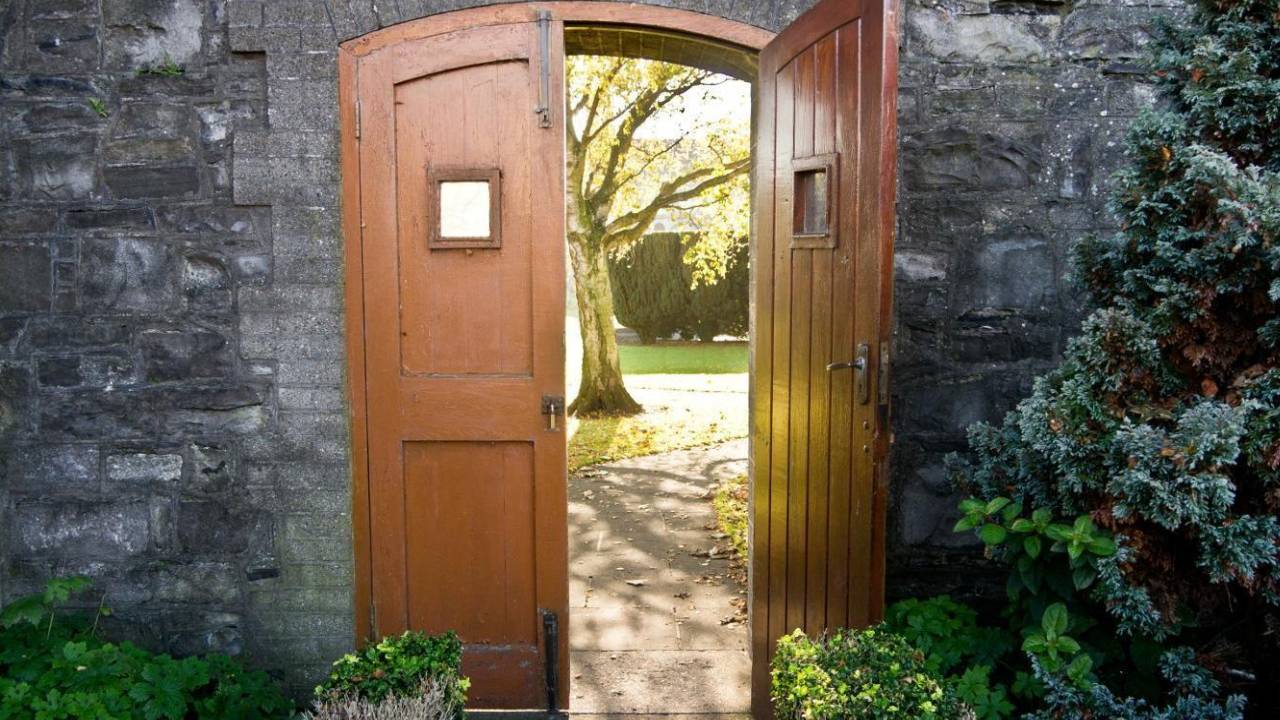
Again, a very common strange belief that we may have heard from our elders; ”Don’t stand in the doorway, it’s bad luck”. Well, why?
Because in Turkish mythology, we can call the Hades of our mythology, daughters of Erlik, the god of the underworld It was believed that people waiting on the doorsteps took their lives.
#4 Distributing halva or food after the deceased:
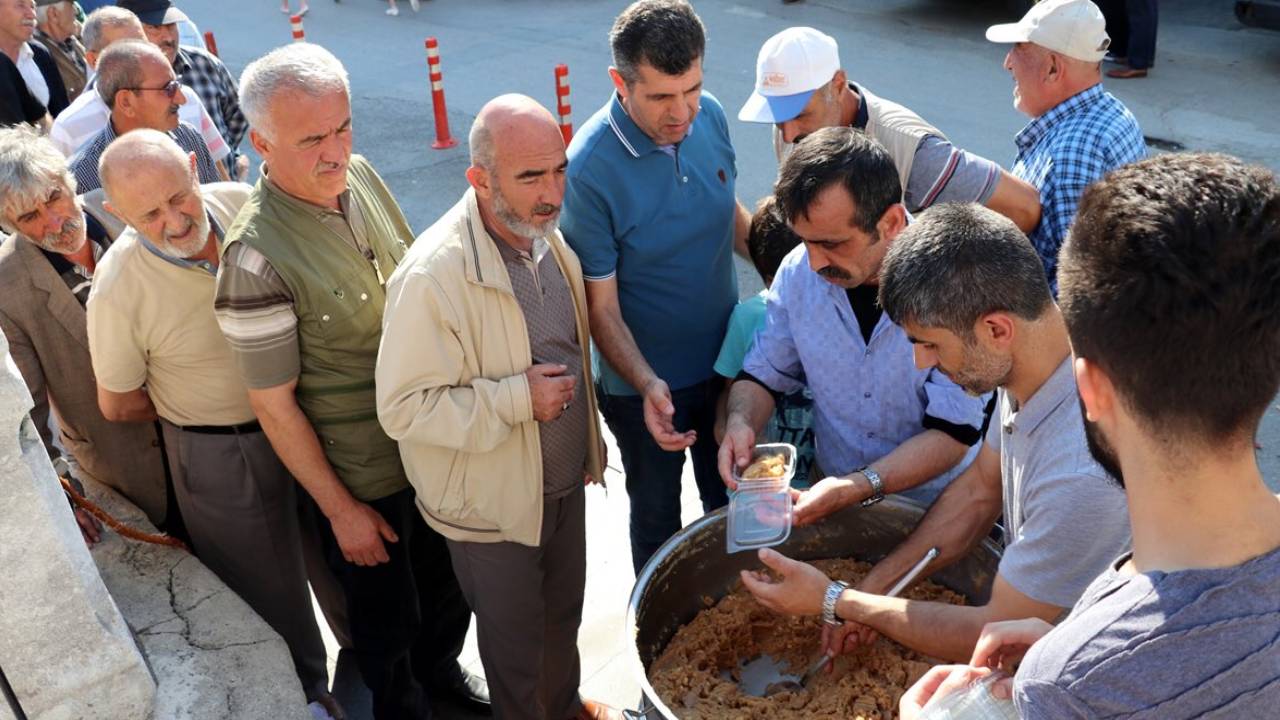
After the deceased is still alive today ‘seven, forty’ It is a very common tradition to recite prayers and distribute meals on such days. Although it is directly associated with Islam today, it is actually behind this behavior. old shamanist Turkish beliefs there is.
Ancient Turks, on the third, fifth, seventh and fortieth days of one’s death ‘to offer to the dead’ they were preparing food. Because it was believed that the deceased could only pass into the realm of the dead after the funeral ceremonies held on these days and the food was distributed. With Islam, this behavior evolved as giving food ‘for the benefit of the deceased’ and praying for mercy on the seventh and fortieth.
#5 Burying the baby’s umbilical cord ‘in the appropriate place’:

Again, a very common belief; infants’ umbilical cords ‘to a suitable place’ e.g. to the university campus to be successful or to bury him in the garden of the house so that he will have a good son attached to his house.
The roots of this belief are based on the beliefs of Turkish societies in Central Asia. The word ‘Imay’ used for the goddess Umay, the protector of children, was also used for the umbilical cord, and in some ancient Turkish societies, the umbilical cords of babies were used. where he was buried near the hearths in the houses known. Behind this behavior lies the idea of ’the child being tied to his home’, just as it is today.
#6 Postpartum women wearing a red ribbon in their hair:

Nowadays, we often witness that women who have just given birth wear red ribbons in their hair. The reason for this is that women who have just given birth in old Turkish beliefs It’s haunted by the evil spirit ‘Al Wife’ be believed. As it is believed to protect from this evil spirit, tying a red ribbon to the hair has taken its place in our lives as a tradition that has existed for thousands of years.
#7 Lead cast:
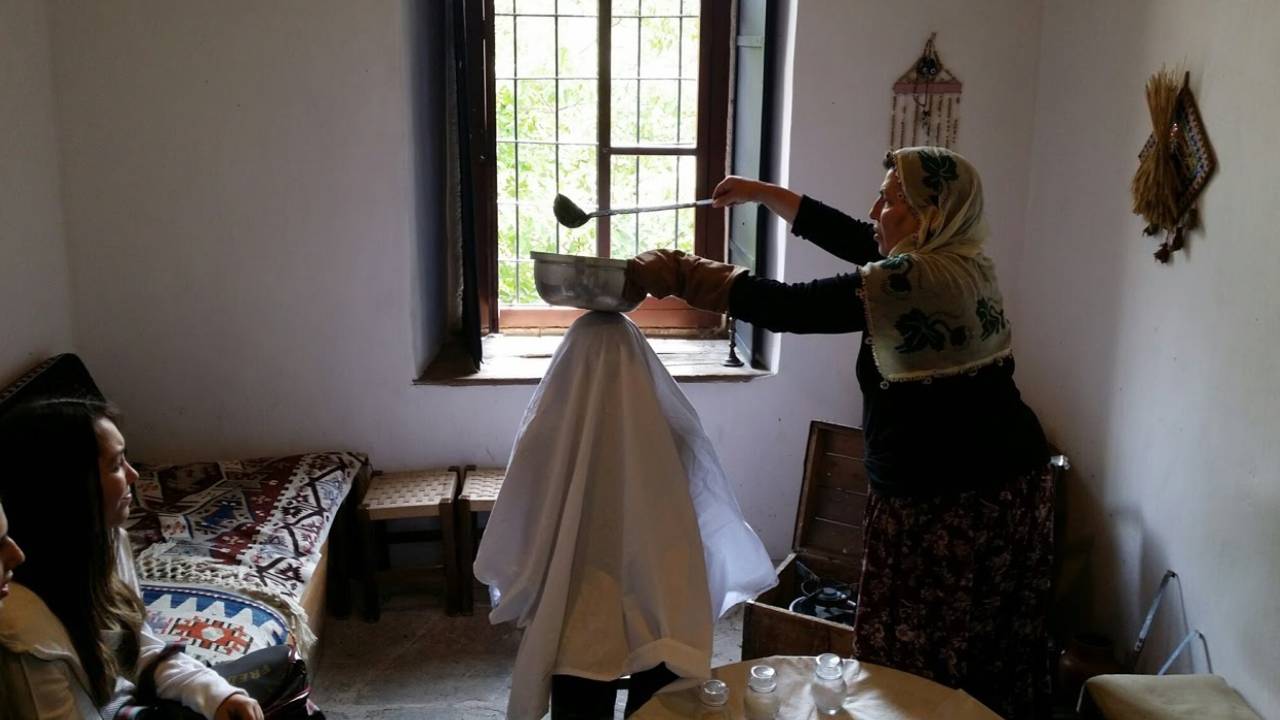
Lead casting, which has become a method of protection from the evil eye today, is also associated with Islam, but is actually quite an ancient shamanic ritual an application. In the old Turks, the shamans used the lead casting process called the “kut kuyma” ritual. the ‘kut’ stolen by evil spirits that is, they do it to bring back the element of luck.
#8 “Don’t let the tobacco hurt”
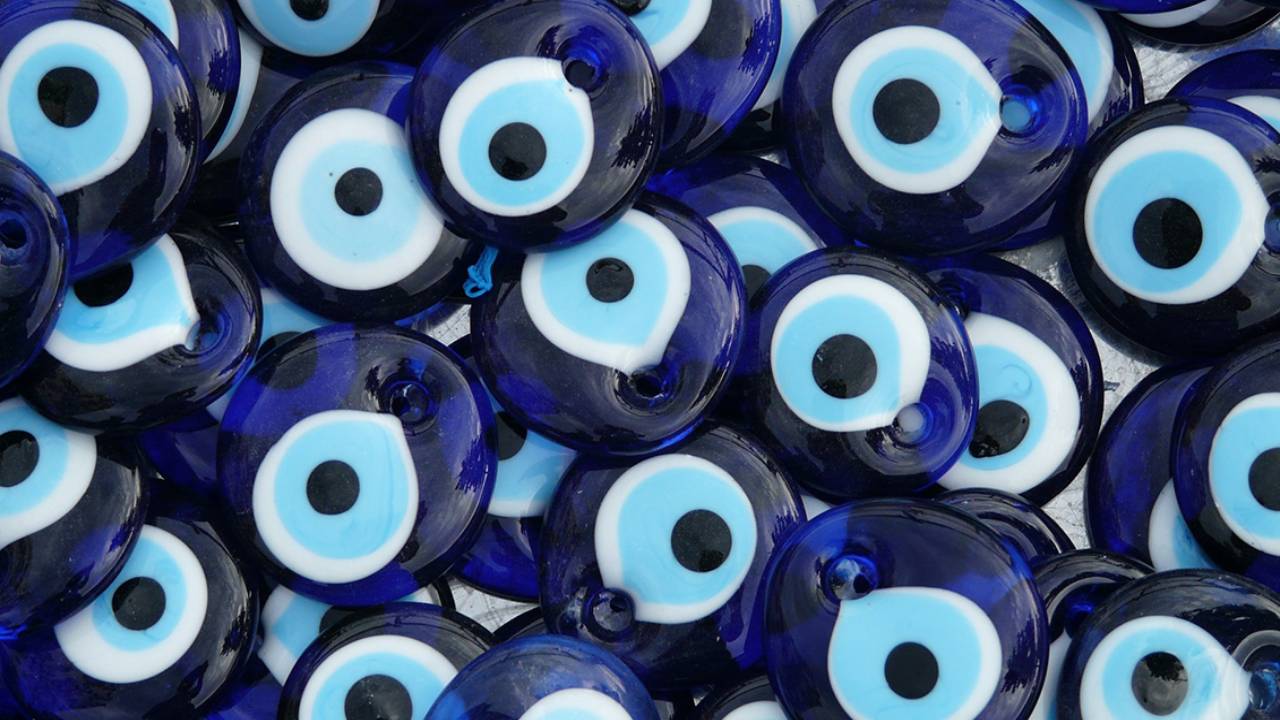
Perhaps one of the strangest acts of behavior is towards a person or object of liking. Trying to prevent the evil eye from being touched by pretending to spit ‘too tobacco’. The reason for this behavior, which is also based on old Turkish beliefs, is that the person wants to protect the person or object he/she likes from the evil spirits within himself. By ‘tuba t’ to the person or object he/she likes, He believes that he is surprising the evil spirit inside him and protecting him from his evil eye.
#9 Saying ‘the storks brought you’ to children:

We’ve all heard the phrase ‘the storks brought you’ when we were kids, albeit jokingly. If you have ever wondered why such a discourse exists, the answer is again in the goddess Umay, in old Turkish beliefs and their meeting with the beliefs of Anatolian Turks.
In ancient Turkish beliefs, the goddess Umay is often depicted as a ‘bird’. Also, the human soul is often described as a ‘bird’. After babies are born in different Turkish societies and beliefs bird-shaped spirits come near babies and gives them life; becomes their soul.
After these beliefs Stork, considered sacred in Anatolia It is thought to have caused the development of a discourse that storks bring babies after it merged with his image.
#10 Planting tombs and tombstones in cemeteries
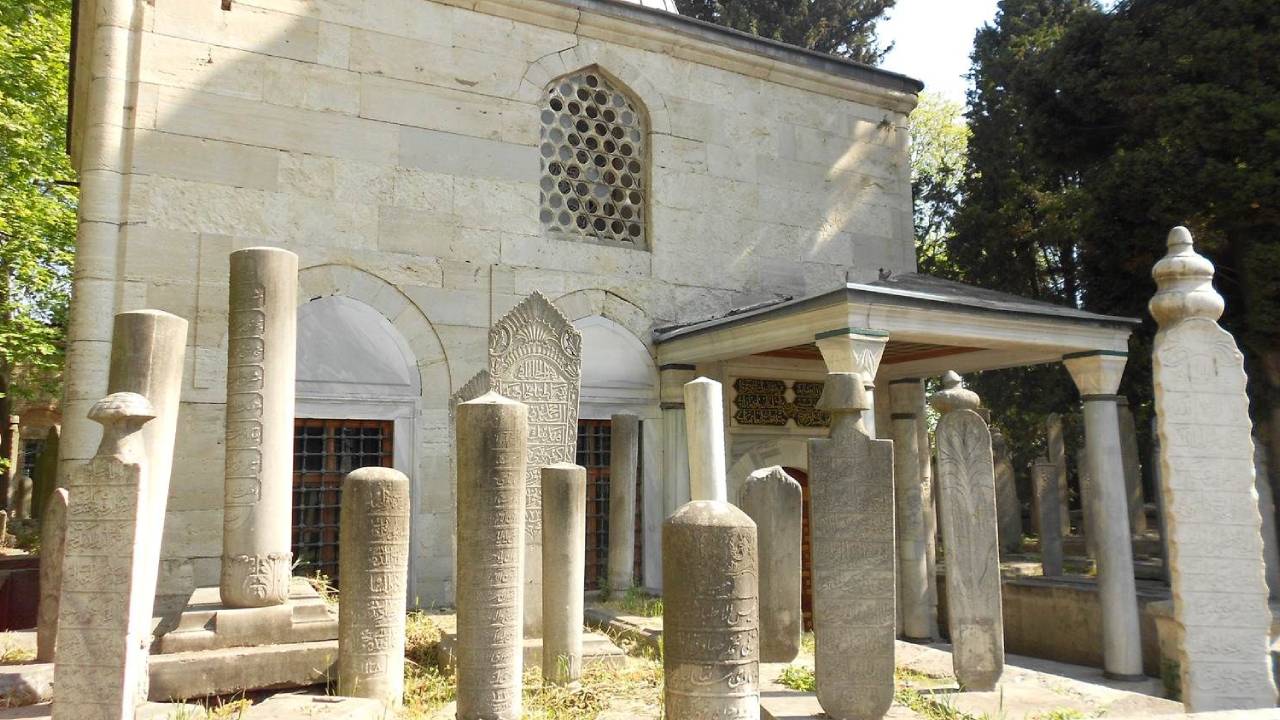
RELATED NEWS
15 Turkish Mythology Characters, Most of which We Still Carry Their Names
There is a rather surprising tradition at the bottom of the list; erecting large tombstones and building tombs on the graves of the deceased. Although it is a practice that is completely associated with Islam today, in the religion of Islam, only tombs are found. a stone one or two inches high to mark the place of the deceased. There is an app to write your name.
However, if we look at the way it is practiced today, we see that there are cemeteries built with high and ornate stones on which words are written. The root of this practice lies in the old Turkish beliefs. In the old Turks, the head of the graves was large and sculptural stones called tasata or dashnene was planted. It is thought that this tradition combined with the stone-planting tradition in Islam and took its current form.
RELATED NEWS
From Wolf to Dragon, From Red to White: What Do Animals and Colors Mean in Turkish Mythology?
Source 1, Source 2, Source 3, Source 4, Source 5, Source 6, Source 7
